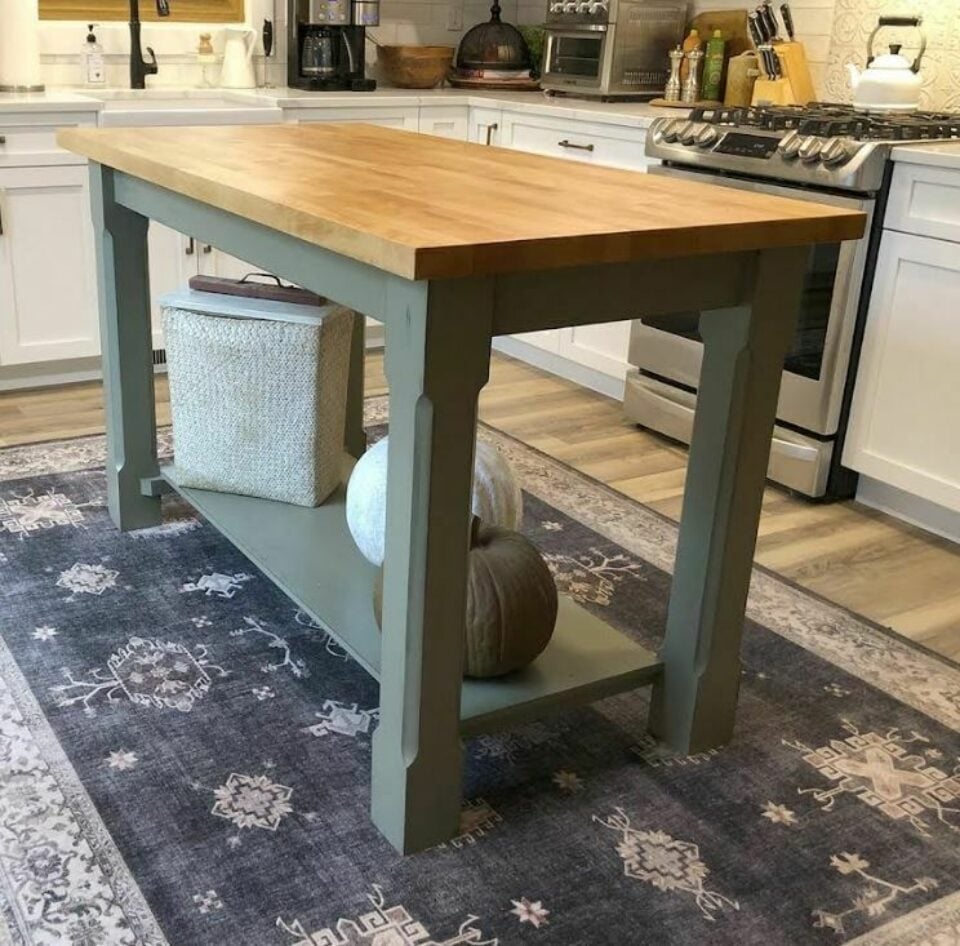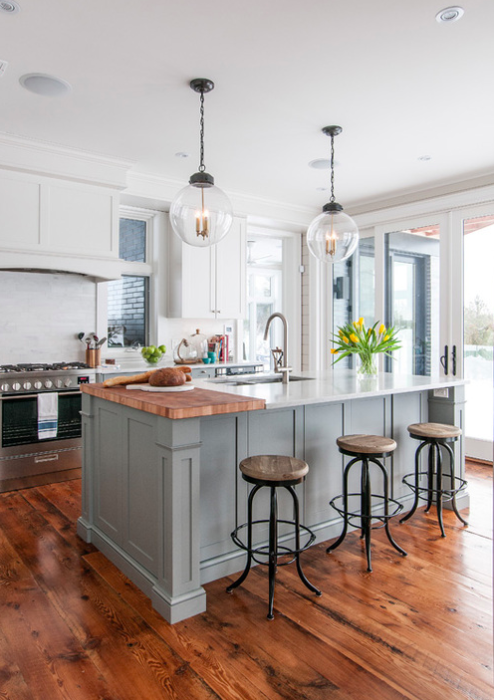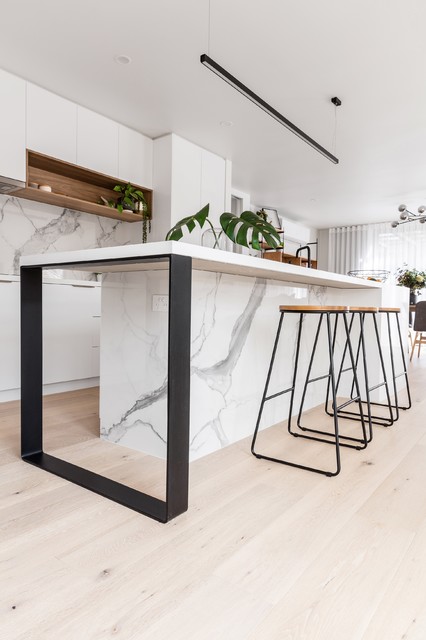Exactly how to Incorporate a Kitchen Island Leg right into Your Kitchen Remodel
Exactly how to Incorporate a Kitchen Island Leg right into Your Kitchen Remodel
Blog Article
The Value of a Sturdy Kitchen Island Leg in Producing a Practical Food Preparation Area
A durable kitchen island leg acts as a fundamental element in developing a functional food preparation environment, providing required assistance for both the countertop and numerous kitchen tasks. The security it uses can considerably minimize the danger of mishaps in high-traffic areas, while likewise adding to the general aesthetic coherence of the room. As kitchen areas develop into multifunctional locations for food preparation, dining, and mingling, the selection of materials and design factors to consider for island legs becomes increasingly essential. Recognizing these components can transform your cooking area into a safer and extra effective location, triggering further expedition right into the best choices readily available.
Advantages of Sturdy Island Legs
Supplying vital assistance, tough kitchen island legs play a critical function in improving the capability and toughness of kitchen islands - kitchen island leg. These legs not just birth the weight of the countertop and any extra items positioned on the island, yet likewise add to the general security of the structure. A well-supported cooking area island makes sure that it remains upright and useful, even under hefty use, which is particularly important in active cooking area settings
Furthermore, sturdy island legs can boost the aesthetic allure of the kitchen. They supply a solid framework that can match numerous design styles, from modern to standard. This flexibility allows property owners to tailor their kitchen area islands according to individual taste while guaranteeing that the structural honesty stays uncompromised.
In addition to their helpful duty, durable kitchen island legs can also enhance security. Inevitably, spending in tough kitchen area island legs is vital for a practical and aesthetically pleasing cooking area.
Materials for Kitchen Island Legs
When picking materials for cooking area island legs, resilience and aesthetic appeal are vital elements to take into consideration. One of the most typical materials include hardwood, steel, and engineered wood, each offering unique advantages.
Wood, such as oak, cherry, or maple, is a traditional option as a result of its strength and timeless appeal (kitchen island leg). It can stand up to significant weight and is immune to use, making it optimal for high-use kitchen environments. In addition, wood can be discolored or painted to complement numerous kitchen area designs
Metal legs, typically crafted from stainless steel or wrought iron, provide a contemporary and industrial look. They are extremely solid and can sustain substantial loads while being resistant to wetness and warm, which is helpful in a cooking area. Steel legs can additionally be quickly cleaned up, boosting their functionality.

Layout Considerations for Security
The selection of materials for kitchen area island legs straight influences the style factors to consider for stability. When creating a kitchen area island, it is paramount to review the weight-bearing capacity of the picked materials. Much heavier materials, such as solid timber or steel, normally offer greater stability, particularly under the tension of everyday use.
Additionally, the leg style should integrate appropriate geometry to boost stability. A larger base enhances the support location, minimizing the threat of tipping or wobbling. Consideration should also be given to the elevation of the legs; out of proportion leg sizes can result in imbalance, endangering the total security of the island.
Furthermore, the distribution of weight across the island is essential. Guaranteeing that the leg placement lines up with the heaviest components, such as kitchen counters and home appliances, will additionally enhance security.
Upkeep Tips for Long Life

Cleaning up is one more crucial aspect of upkeep. Relying on the material of the legs-- whether wood, metal, or composite-- proper cleansing Learn More approaches ought to be used. For wooden legs, a gentle wipe with a damp cloth and an ideal wood cleaner will aid protect their finish. Metal this contact form legs may call for a light polish to stop corrosion and preserve their gloss.
If the cooking area island experiences hefty usage, think about reinforcing the legs with additional brackets or supports to enhance sturdiness. By following these upkeep pointers, house owners can guarantee their kitchen area island legs continue to be functional and durable for years to come.
Choosing the Right Leg Style
Regular maintenance makes sure that kitchen area island legs continue to be tough and functional, however choosing the best leg design is just as important for both appearances and assistance. The choice of leg design can dramatically influence the overall layout and harmony of your kitchen area.

Functionality is another vital facet. Thicker legs or those with a sturdy base can sustain much heavier countertops and devices, enhancing the island's energy. Conversely, slim legs may produce an airy appearance, suitable for lighter styles yet possibly less helpful.
Conclusion
In recap, the relevance of strong kitchen area island legs can not be overstated in the creation of a functional food preparation area. These legs give important assistance, improve security, and add to the total visual of the cooking area. By very carefully picking ideal products and layouts, as well as carrying out correct upkeep techniques, the long life and effectiveness of kitchen area islands can be guaranteed. Eventually, purchasing durable island legs is fundamental to attaining a reliable and risk-free culinary setting.
A tough kitchen island leg offers as a basic element in developing a functional food preparation atmosphere, offering necessary support for both the counter top and different kitchen area tasks.Offering vital assistance, tough kitchen island legs play a pivotal duty in enhancing the performance and longevity of cooking area islands. Ultimately, spending in tough kitchen area island legs is important for a practical Source and aesthetically pleasing cooking location.
Factor to consider needs to also be provided to the elevation of the legs; disproportionate leg lengths can lead to inequality, endangering the overall stability of the island.
Wooden legs give warmth and a timeless look, while metal legs supply a industrial and modern-day feeling.
Report this page